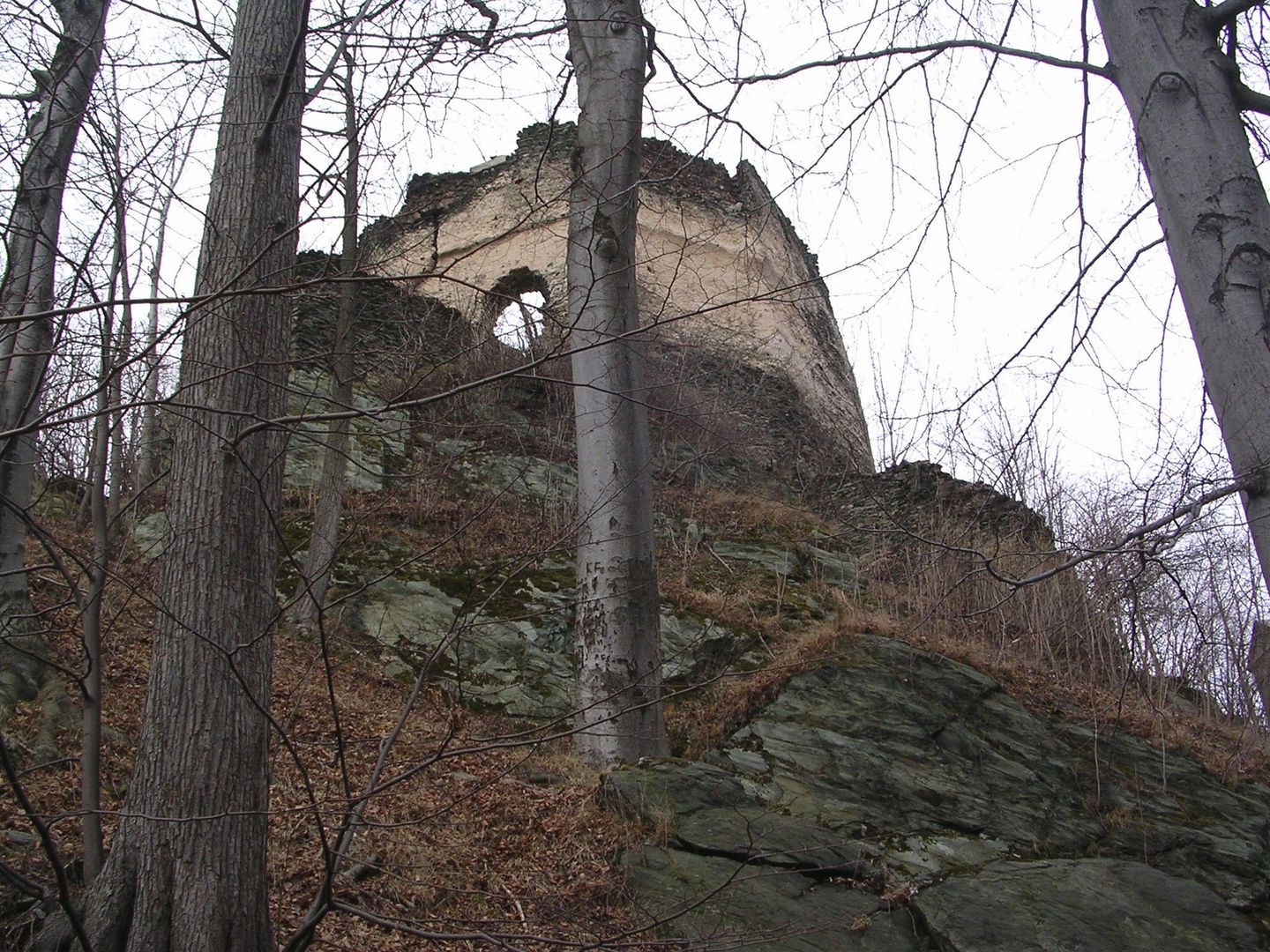Niesytno Castle
6.98

Overview
Niesytno Castle, situated in the Western Sudetes in Płonina, on a rocky crag at an altitude of 550 meters above sea level, is a site with a rich history dating back to the first half of the 15th century. It was first mentioned in 1432 in a letter from the Bishop of Wrocław, Konrad Oleśnicki, which reported the seizure of the fortress by the townspeople of Wrocław and Świdnica. The castle, likely built in the second half of the 14th century, gained notoriety in the context of the Hussites and robber knights, and its name "Angstwinkel" translates to "Corner of Fear." The von Zedlitz family, who settled in the castle in the 1430s, remained there until the mid-17th century. The castle underwent numerous renovations, and its most intriguing feature is a unique polygonal tower serving as a keep, which contains a wooden "warm room" designed to heat the interior. The dating of the tower is controversial, but it is presumed to have been built in the second half of the 15th century. The castle's residential function was abandoned in 1545 when a Renaissance manor, known as the Płonina Palace, was built nearby. The mid-16th century marked a change in the castle's use, as it became a storage facility with a granary located in the knights' hall. In the 19th century, the ruins were purchased by Count Julius von Bulow, who carried out conservation work, and in the early 20th century, the estate was acquired by Count Eberhard von Saurma, who also undertook restoration efforts. In 2010, the castle's new owner, Krzysztof Harkawy, began the reconstruction of the residential building. Niesytno Castle is part of the Trail of the Piast Castles, highlighting its cultural and touristic value to the region. The gallery features numerous photographs showcasing the castle ruins and residential buildings, both from the past and in contemporary views. Despite the passage of time, the castle continues to attract attention and remains a popular destination for visitors, captivating them with its architecture and history.
Location
2025 Wizytor | All Rights Reserved